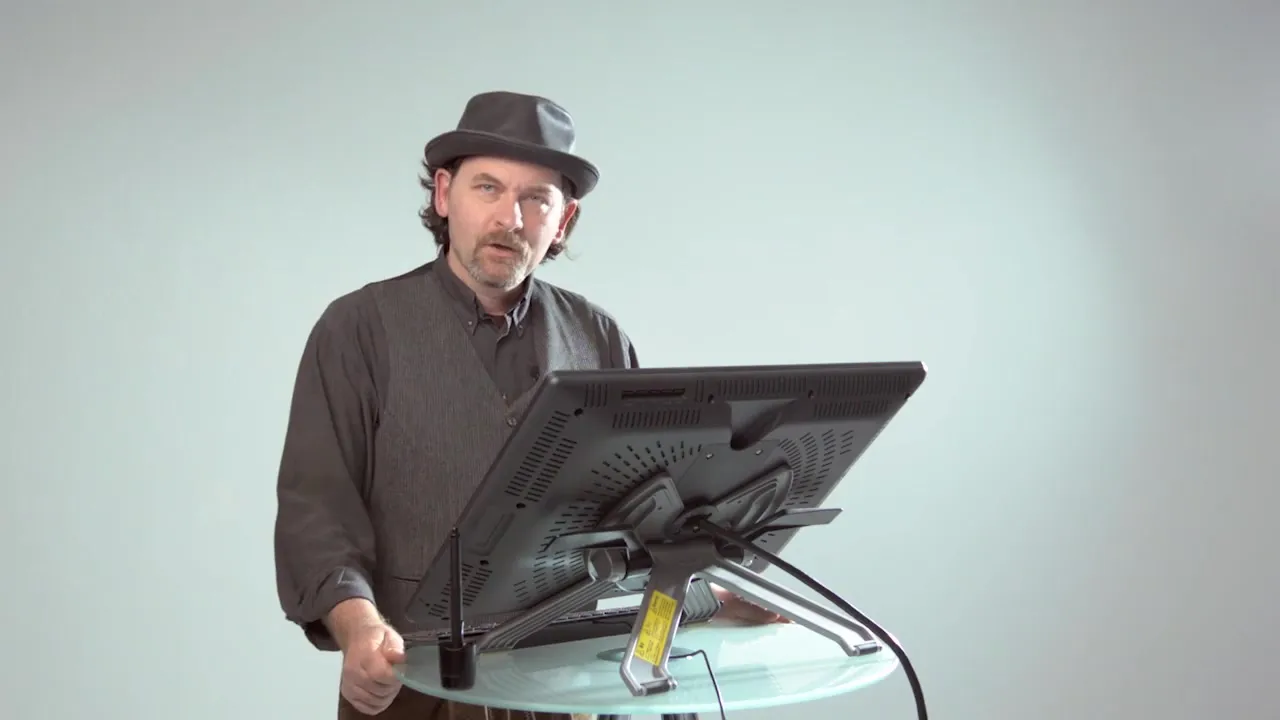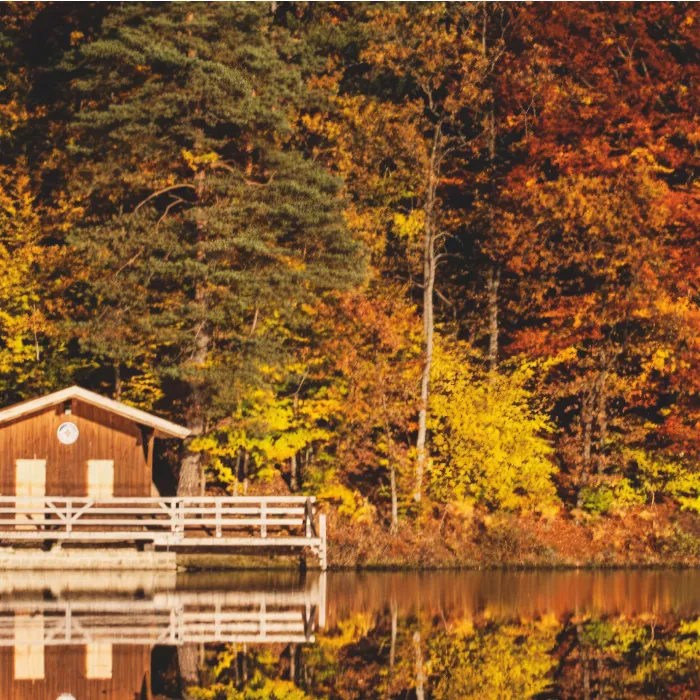The shutter speed is a crucial element in digital photography that says more about your images than one might think at first glance. It affects how long light hits your camera's sensor, and depending on the chosen time, you can create impressive effects – from sharp, frozen movements to soft, blurred flows. Participate in this detailed tutorial and develop your understanding of how to make the most of shutter speed to create fantastic photos.
Key Insights
- Typical shutter speeds range from 1/8000 of a second to 30 seconds.
- Very short shutter speeds are suitable for bright lighting conditions and fast movements.
- Long shutter speeds are perfect for low-light captures or to depict movement effects.
- By consciously playing with shutter speed, you can create creative and impressive images.
Step-by-Step Guide to Shutter Speed
1. Understanding Shutter Speed
To use shutter speed effectively, it's important to know what it means exactly. It indicates how long the shutter of your camera remains open to let light in. Generally, you can set shutter speeds from 30 seconds to 1/8000 of a second, depending on the camera model and lighting conditions.

2. Common Shutter Speeds in Photography
For everyday photography, the typical range of shutter speeds is between 1/8 of a second and 1/250 of a second. When you set your camera to full automatic mode, the shutter speed will fall within this range. It's helpful to know that these times are ideal for many shots, such as portraits, landscapes, or general subjects.
3. Using Short Shutter Speeds
Very short shutter speeds are particularly necessary in two scenarios: in bright light and with fast movements. When photographing in bright sunlight or capturing a fast-moving subject like a hummingbird, you need a shutter speed in fractions of a second. For example, a shutter speed of 1/1000 of a second or shorter can meet these requirements.
4. Creative Play with Long Shutter Speeds
Long shutter speeds are ideal when working with low light or wanting to achieve special effects. A classic example is photographing flowing water. When you choose a shutter speed of about one second, you can capture the movement of the water and represent the flow as a gentle, almost magical effect. This is particularly effective in romantic landscape images where you want to emphasize the dynamics of nature.
5. Photographing Movements
In actions like a bicycle race, you can create motion effects by using a longer shutter speed. Keep the camera still while the cyclists move quickly. The background remains sharp, while the cyclists appear as blurred shapes, perfectly illustrating speed. Such shots convey enormous expression and dynamism.
6. Night Photography and Creating Light Trails
For nighttime shots or creating light trails, you need particularly long shutter speeds. These are often used for photos of star trails or moving cars. The distinctive light trails created by moving lights can be achieved by setting the shutter speed to several seconds or longer. With this technique, you can obtain dramatic, engaging images that tell a story.
Summary – Shutter Speed in Digital Photography
The shutter speed plays a central role in photography and offers you the opportunity to work creatively with light and movement. Choosing the right shutter speed – depending on lighting conditions and the desired effect – can significantly improve your images.
Frequently Asked Questions
What is the most important thing about shutter speed?The shutter speed determines how long light hits the sensor and affects the sharpness and movement in your image.
What are typical shutter speeds for digital photography?Common shutter speeds range from 1/8 of a second to 1/250 of a second for everyday photography.
When do I need a short shutter speed?Short shutter speeds are necessary in bright light or fast movements to avoid motion blur.
What can be achieved with long shutter speeds?Long shutter speeds allow for capturing movements and are ideal for night photography or achieving creative effects.
How can I create motion effects?By using a longer shutter speed and keeping the camera still, you can highlight movements and create dynamic images.


